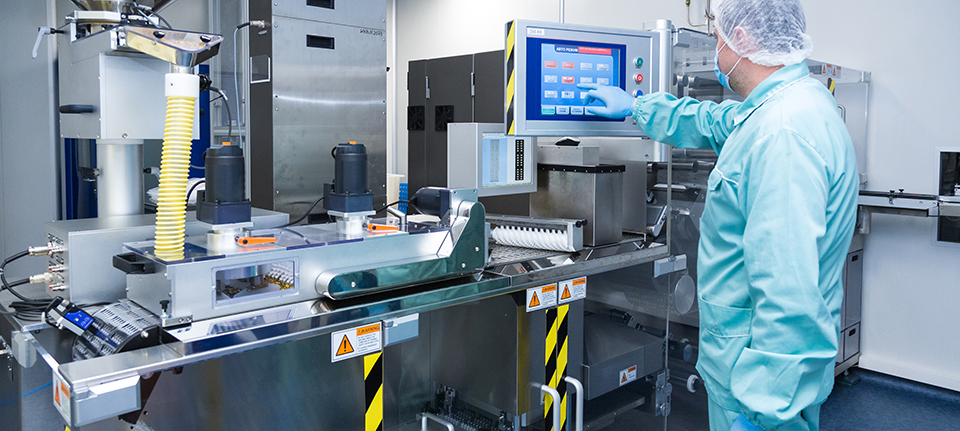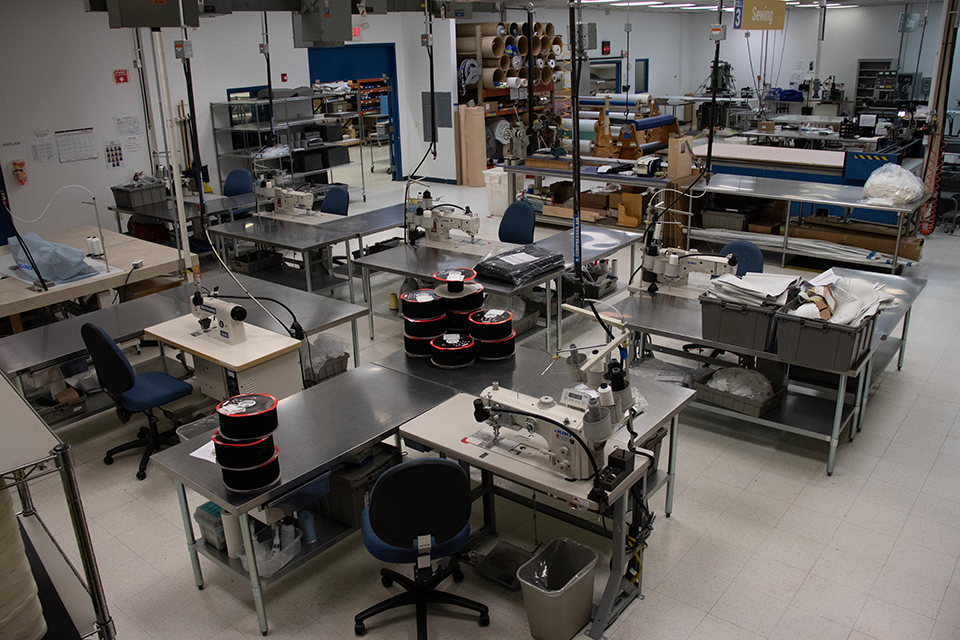A Comprehensive Guide: Streamlining Medical Device Manufacturing Transfers
Medical device manufacturing is gaining traction as companies recognize the benefits of relocating production closer to home. For organizations...
4 min read
Domico Med-Device December 10, 2024
In medical device manufacturing, efficiency isn’t just about saving time—it’s about ensuring patient safety and meeting strict quality standards. Devices ranging from surgical tools to diagnostic equipment require exact precision in their construction. Manufacturers must balance these demands with the need to reduce production timelines and costs. Streamlining the assembly process is the most effective way to meet these challenges head-on. A well-optimized assembly line not only enhances production speed but also minimizes the risk of errors. With ever-increasing competition and a growing emphasis on sustainability, adopting innovative practices and advanced technologies is no longer optional—it’s a necessity.
Automation and robotics have revolutionized manufacturing across industries, and medical device production is no exception. These technologies bring unparalleled precision to assembly processes, ensuring that each component is consistently produced to exact specifications.
specifications.
Examples of automation in medical device manufacturing include robotic arms for assembling components and AI-driven systems for quality inspection. By reducing manual intervention, automation allows manufacturers to maintain consistency while scaling operations.
Standardized Operating Procedures (SOPs) are vital for maintaining consistency and quality in medical device assembly. These detailed guidelines ensure that every aspect of the assembly process adheres to predefined standards.
Manufacturers should regularly review and update SOPs to reflect the latest best practices and technological advancements. This approach keeps processes aligned with industry standards and ensures continual improvement.
 Effective product lifecycle planning (PLP) involves collaboration across all stages of a product’s development—from design to post-production. This strategy ensures that potential challenges are addressed early, reducing delays and costs during the assembly phase.
Effective product lifecycle planning (PLP) involves collaboration across all stages of a product’s development—from design to post-production. This strategy ensures that potential challenges are addressed early, reducing delays and costs during the assembly phase.
Collaborative PLP is particularly crucial in an industry where design iterations and compliance requirements are frequent. Close collaboration ensures all teams work toward the shared goal of efficient, high-quality production.
Even with advanced technologies, a skilled workforce remains indispensable in medical device manufacturing. Employees need to understand the intricacies of the devices they assemble and be adept at troubleshooting issues.
Investing in employee development not only boosts efficiency but also fosters a culture of excellence, ensuring every team member contributes to streamlined production.
Quality control (QC) is non-negotiable in medical device manufacturing. Implementing rigorous inspection protocols throughout the assembly process ensures defects are caught early, saving time and resources.
process ensures defects are caught early, saving time and resources.
Proactive quality control not only guarantees high-quality devices but also protects manufacturers from costly recalls and reputational damage.
Material selection plays a pivotal role in simplifying the assembly process. Advanced materials with properties like biocompatibility, durability, and flexibility streamline production and enable innovative device designs.
By exploring material innovations, manufacturers can achieve superior device performance while simplifying production.
Streamlining the assembly process in medical device manufacturing requires a multifaceted approach. By integrating advanced technologies like automation and fostering collaboration, manufacturers can boost efficiency and ensure the production of high-quality devices.
As regulatory standards evolve and competition intensifies, staying at the forefront of manufacturing practices is essential. Manufacturers that prioritize innovation and continuous improvement will not only meet industry demands but also solidify their position as leaders in the field.
Domico Med-Device exemplifies the benefits of outsourcing product assembly to a contract manufacturer. The company’s advanced capabilities and commitment to excellence make it a preferred partner for businesses seeking high-quality assembled medical devices.
capabilities and commitment to excellence make it a preferred partner for businesses seeking high-quality assembled medical devices.
Our design, engineering, and production capabilities at Domico Med-Device culminate with the final assembly and testing of mechanical and electromechanical devices. Built to exact specifications, we carefully construct products to meet the stringent requirements of the medical device industry. The same care is given to contract-manufactured systems, such as MRI coils, CT scanners, and ceiling-mounted accessory suspension systems.
Domico Med-Device utilizes advanced assembly techniques to ensure precision and accuracy. Our skilled technicians are trained to handle complex components and integrate them seamlessly into a cohesive system. We employ state-of-the-art equipment and technologies to achieve the highest levels of precision, reliability, and efficiency in our assembly processes.
Quality assurance is a top priority at Domico Med-Device. We adhere to strict quality control protocols and conduct rigorous testing to ensure that every assembled device meets the highest standards of performance and safety. Our comprehensive testing procedures include functional testing, environmental testing, and compliance testing to verify that devices operate as intended under various conditions.
Domico Med-Device is committed to maintaining compliance with all relevant regulatory standards. We follow industry best practices and adhere to FDA and ISO regulations to ensure the safety and efficacy of our assembled devices. Our thorough documentation and validation processes provide complete traceability and accountability throughout the assembly process.
 ISO 13485 Certification
ISO 13485 CertificationDomico Med-Device is proud to be ISO 13485 certified, demonstrating our commitment to the highest standards of quality management in the medical device industry. This certification ensures that our processes, including product assembly, meet international regulatory requirements and consistently deliver safe and effective medical devices.
Have an idea for a medical device? Contact us today to bring your idea to life!
Want to learn more? Check out these blog posts to learn more about contract manufacturing:

Medical device manufacturing is gaining traction as companies recognize the benefits of relocating production closer to home. For organizations...

Medical sewing plays a vital role in the healthcare industry, involving the meticulous design and production of essential medical textiles and...